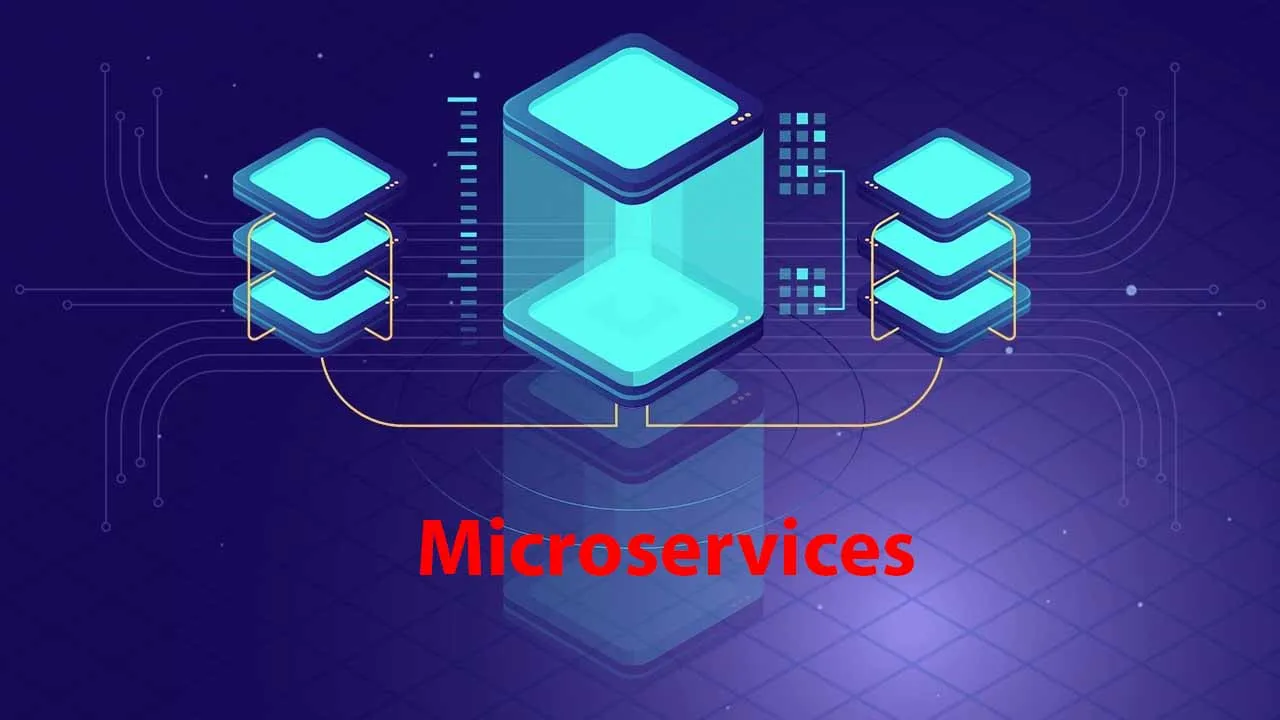Microservices are pretty awesome, but if they can’t communicate they won’t do you much good. Read on for an overview of the necessary architectures.
I’m sure you want to build scalable apps, right? Who doesn’t? If so, you must have come across the words “Cloud Native.” This approach is like an angel which can resolve most of your scaling challenges. So, what exactly is cloud native?
Cloud native is an approach used to build apps which can harness all the capabilities of the cloud.
Yup, you got that right. It’s an approach. Not a framework. Not a bunch of steps to follow. And due to this, there are a million different approaches to go cloud native and achieve cloud computing “Moksha.”
One key principle of cloud native is microservices. Microservices are tiny (sometimes not so tiny) modules which can work independently of each other. They could have dependencies on other microservices or even a data persistence layer like a database. But the key is to use loose-coupling. Microservices coordinate by means of “communication.”
This means each microservice sits in a different repository and is being deployed independently. For the DevOps folks out there, you have an independent continuous delivery pipeline dedicated to each microservice.
But that brings me to the most important question.
#microservices #cloud native #microservice design
